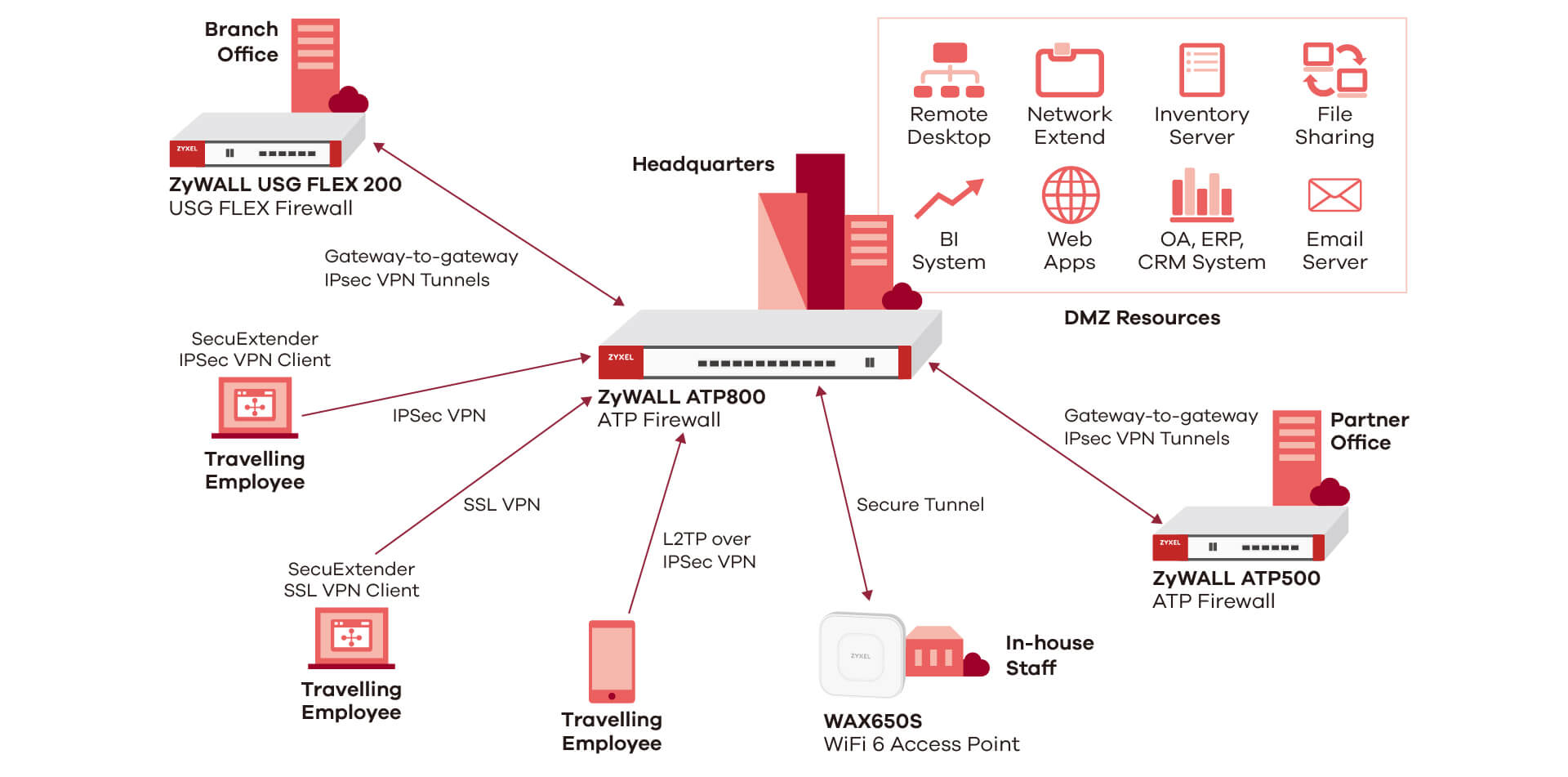
- Cyberoam ssl vpn client for mac how to#
- Cyberoam ssl vpn client for mac serial number#
- Cyberoam ssl vpn client for mac software#
In this example, we will be selecting TestGroup. If you created your own user group with user accounts, you can select it. (Optional) Choose from the drop-down list whether the user group is for admin or for guests.

(Optional) Click on the plus icon in the User Group table to add a group. Note: You can check the Enable check box in the Show Pre-shared Key field to check your password in plain text. The strength of your key are defined as follows: (Optional) Check the Enable check box for the Minimum Pre-shared Key Complexity to view the Pre-shared Key Strength Meter and determine the strength of your key. This will be the authentication key among your group of IKE peers. Enter a pre-shared key in the field provided. Note: In this example, Pre-shared Key is chosen. X.509 version 3 defines the data structure for certificates. The standard digital certificate format is defined in the X.509 specification.
Cyberoam ssl vpn client for mac serial number#

This will serve as identifier for all the member of this group during the Internet Key Exchange (IKE) negotiations. Enter a group name in the field provided. Check the Enable check box to enable the configuration. In the Add a New Tunnel area, click the Cisco VPN Client radio button. Click the Add button under IPSec Client-to-Site Tunnels section. Log in to the router web-based utility and choose VPN > Client-to-Site.

Cyberoam ssl vpn client for mac how to#
The objective of this document is to show you how to configure Client-to-Site VPN connection on the RV34x Series Router.
Cyberoam ssl vpn client for mac software#
This feature is very useful since it creates a new VPN tunnel that would allow teleworkers and business travelers to access your network by using a VPN client software without compromising privacy and security. In a Client-to-Site Virtual Private Network (VPN) connection, clients from the Internet can connect to the server to access the corporate network or Local Area Network (LAN) behind the server but still maintains the security of the network and its resources.


 0 kommentar(er)
0 kommentar(er)
